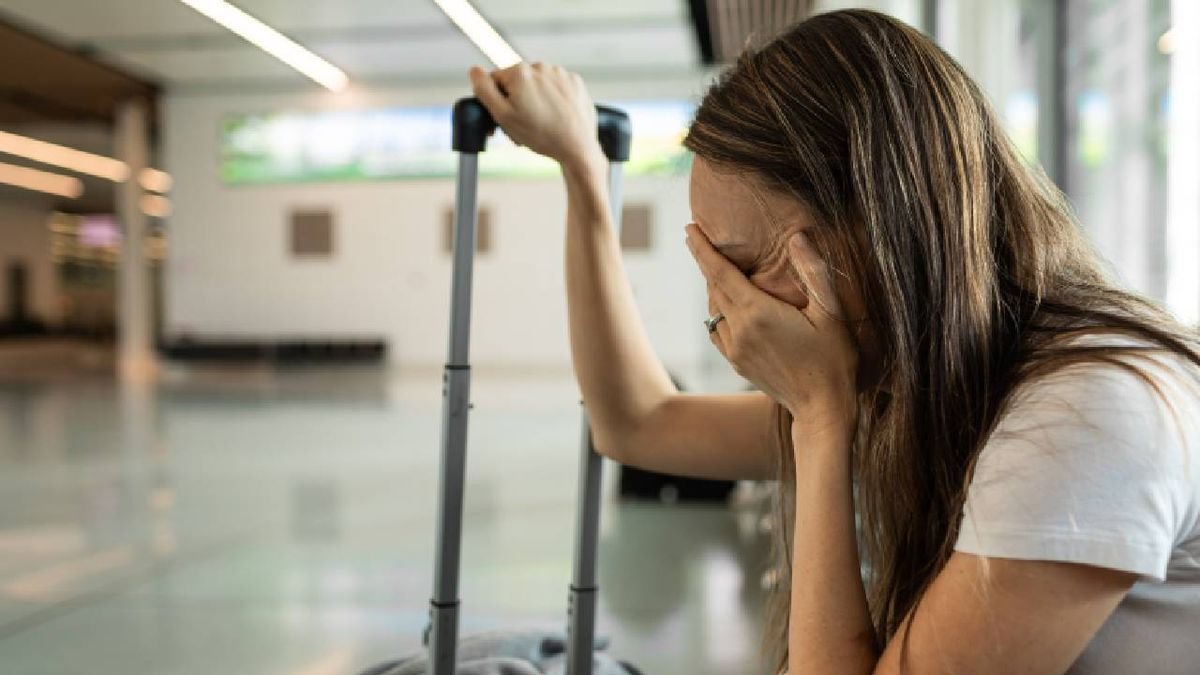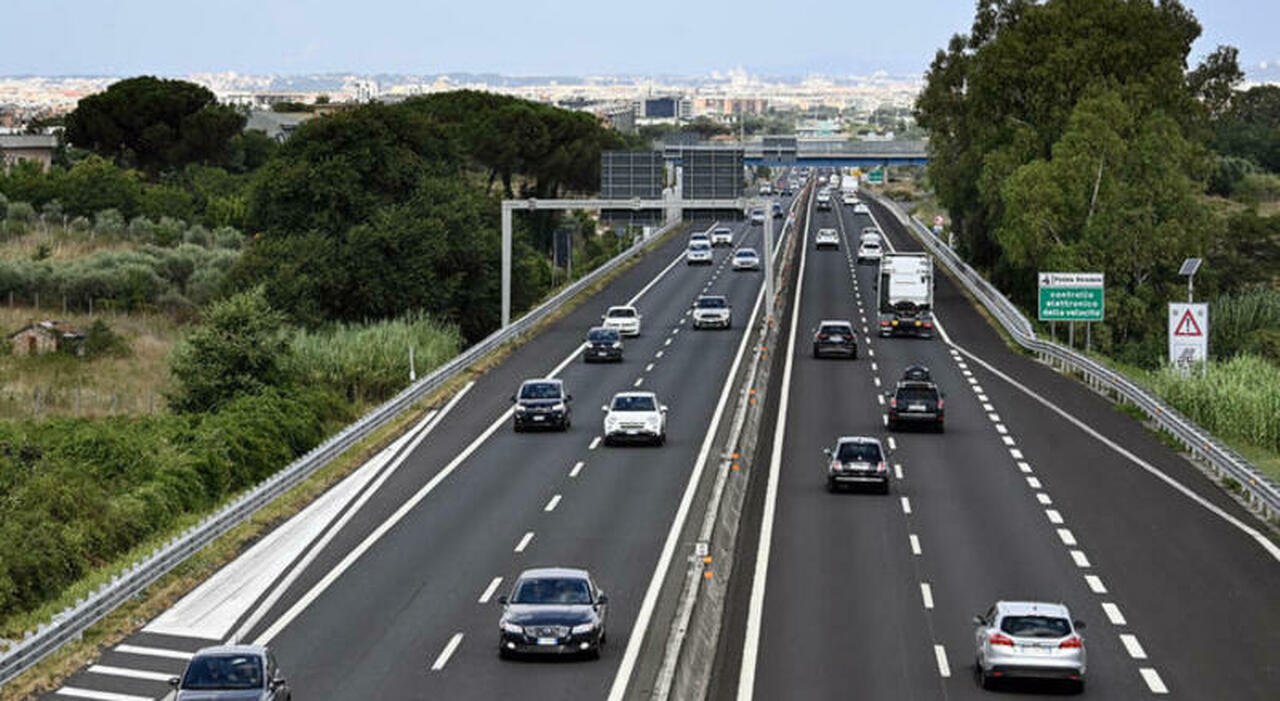Today’s travel landscape is defined by volatility — from airport closures and strikes to natural disasters and geopolitical tensions. That unpredictability is causing anxiety in clients and could affect how receptive they are to purchasing travel insurance.
“When I started in travel insurance in 2000, only about 8% of Americans purchased travel insurance, because they didn’t think there was a need for it,” said Scott Adamski, head of global product development at Travel Guard. “Now, things have changed. The recent tariffs, escalating wars and other challenges around the world have greatly impacted travel. Today’s travelers need travel insurance to protect themselves not only if they can’t go, but while they are on their trips as well.”
The recent tariffs, escalating wars and other challenges around the world have greatly impacted travel. Today’s travelers need travel insurance to protect themselves not only if they can’t go, but while they are on their trips as well.
Despite the rising need, clients often don’t understand what travel insurance actually covers or why it is worth the cost.
That is where advisors come in.
“You wouldn’t drive a car off the lot without insurance,” said Theresa Chu-Bermudez, founder of Get Out Custom Travels. “And yet, some travelers are willing to spend as much as a used car on a vacation without any coverage.”
For years, Chu-Bermudez has tried hard to instill in her clients and social media audience the importance of good travel insurance.
“I used to think it wasn’t necessary,” Chu-Bermudez said. “Then I became a travel advisor, and I saw all the unexpected things that could come up. Advisors need to be vocal about travel insurance, because the last thing you want to have happen is your clients who booked an expensive trip lose out on getting their money back.”
Here’s how advisors can respond to clients’ current concerns with travel insurance suggestions.
A Shift in Traveler Behavior
According to Travel Guard’s Adamski, demand for Cancel For Any Reason insurance policies have grown since the COVID-19 pandemic — and they’re continuing to attract clients looking for broader flexibility than standard coverage.
“Americans are starting to understand the importance of travel insurance as not only an investment protection in their trip, but also the safety and security of their trip while they’re traveling,” Adamski said.
Faye Travel Insurance is seeing similar demand.
“CFAR coverage is our most popular add-on and enables travelers to recoup up to 75% of the non-refundable trip costs, as long as it’s 48 prior to their scheduled departure date,” said Jennifer Grawey, head of partnerships at Faye. “When comparing CFAR purchases for this summer’s trips to last year, it looks like demand for this additional layer of coverage is on track to surpass last year’s figures.”
Clients are also buying these more expensive packages much earlier. At World Nomads, another travel insurance provider, clients used to add coverage sometimes hours before departure. Now, according to Christina Tunnah, general manager of global marketing and brand at World Nomads, clients are purchasing CFAR packages weeks in advance, mostly to reap the pre-departure benefits.
“Political uncertainties have caused travelers to feel a little nervous about the months leading up to their trip,” Tunnah said. “So, they’re wanting to protect their investment earlier and with a little bit more certainty.”
At World Nomads, pre-departure benefits include trip cancellation and a medical consultation, so clients can figure out what medications or vaccinations they might need while abroad. Trip cancellation may be the biggest motivator for today’s travel insurers, according to Tunnah, but to Chu-Bermudez, medical coverage remains a crucial reason to opt in.
“Clients might have a really good health insurance policy here, but once they travel internationally, it’s not going to work,” she said. “On their trip, they could sprain their ankle; they could get sick; anything could happen. So, it’s important to have that support, so they can see a doctor or go to a clinic.”
Grawey adds that travelers increasingly want customization and round-the-clock support. Faye has also seen strong interest in add-ons such as pet care, vacation rental protection, rental car care and extreme sports coverage.
Common Misconceptions About Coverage
Many travelers believe that if they add insurance, every part of their trip is covered. Thus, they tend to see every travel insurance plan as the same. Tunnah cautions that this is far from the truth. While plans may have similar coverage elements (trip cancellation, medical, etc.) the benefit limits and conditions might look quite different.
“In one plan, a delay might be defined as six hours, or maybe 12 hours,” Tunnah said. “Weather conditions could be defined differently by various travel insurance providers. Not all plans are the same and not all plans cover everything.”
While clients may not be traveling to specifically dangerous regions, there is concern about the expansion of some of these skirmishes around the globe.
Both Tunnah and Adamski caution against only adding insurance to particularly “risky” or “dangerous” trips. Adamski notes that recent global conflicts can impact a wide range of destinations.
“While clients may not be traveling to specifically dangerous regions, there is concern about the expansion of some of these skirmishes around the globe,” Adamski said. “It’s important that people are protected in case something were to happen.”
Communicating the Value of Insurance
With rising geopolitical tensions, unforeseen disruptions are becoming more frequent. Advisors play an important role in educating clients about these risks.
“We can’t get on the phone with every one of their customers, so advisors need to be clear about the situations that could occur — not to scare them, but to help protect them,” Adamski said.
Advisors are required by law to recommend travel insurance to their clients on every booking they make. To protect themselves, advisors should request a declination signature if their clients opt out.
RELATED: Is Insurance Coverage From Travel Credit Cards Enough?
However, advisors must also understand their limitations. While they can highlight general coverage and offer quotes, they are not licensed insurance agents and cannot legally provide in-depth policy explanations.
“I always direct my clients to the insurance provider’s phone line if they have specific questions,” Chu-Bermudez said. “And I encourage them to compare coverage between what’s offered by their credit card versus a dedicated travel insurance provider.”
Tunnah emphasizes that travel advisors don’t need to have all the answers, but they play a key role in communicating the importance of coverage.
“It’s important for advisors to direct their clients to a subject matter expert with the right tools, assistance and network to help,” Tunnah said. “But travel advisors can still impress the value add of insurance upon their clients.”
From last-minute cancellations to unexpected emergencies abroad, travel insurance offers reassurance in a rapidly changing world. As risks evolve, travel advisors must ensure their clients understand their coverage options. By staying informed, communicating clearly and collaborating with trusted providers, advisors can help protect their clients — and keep their trips on track.




































